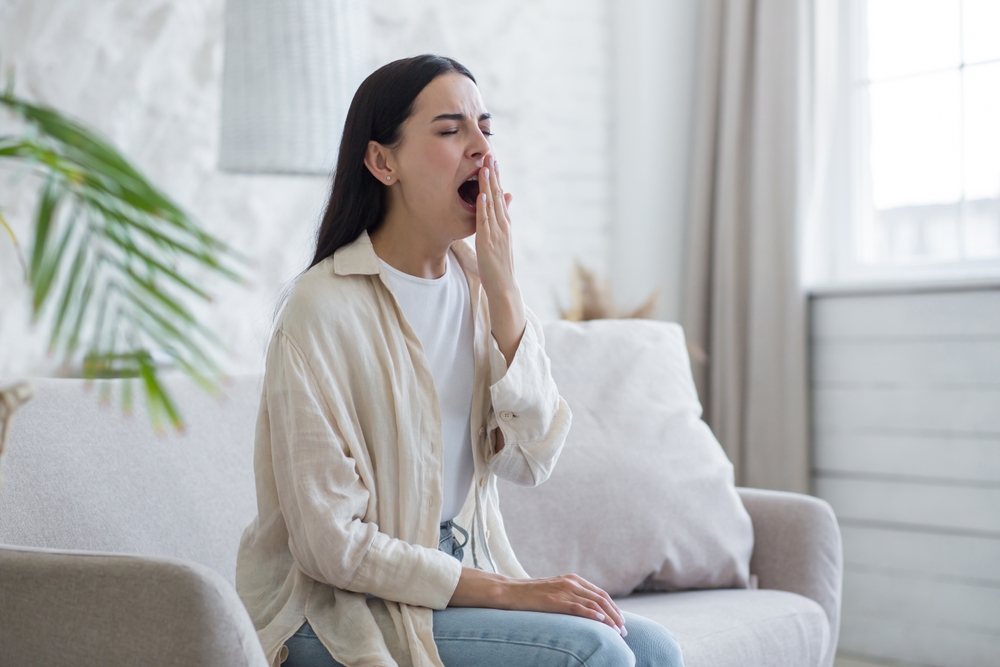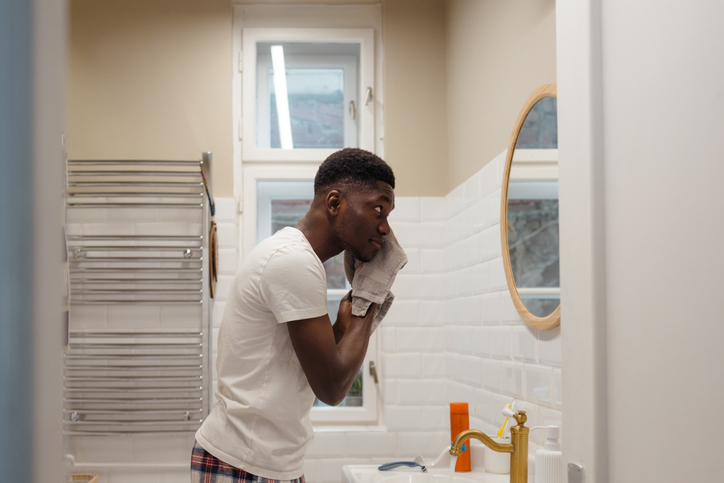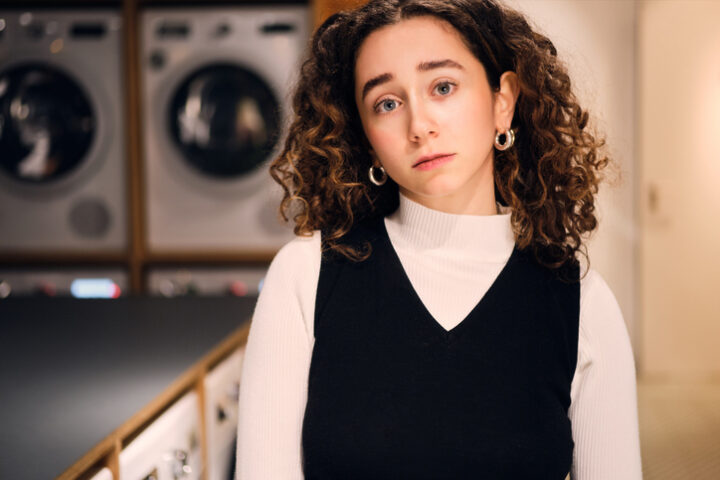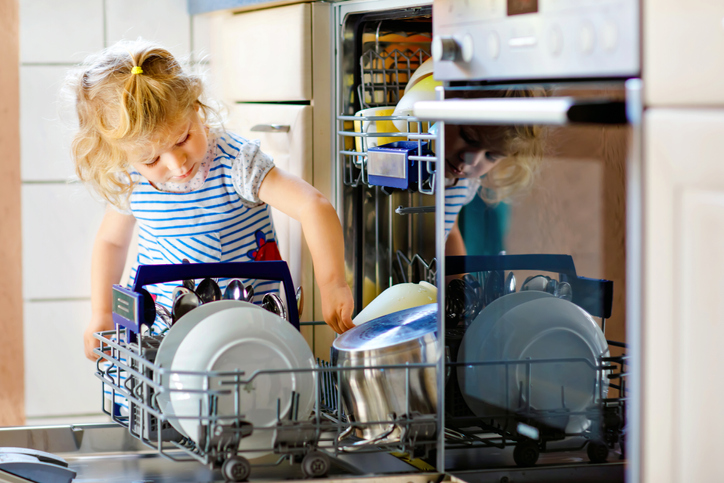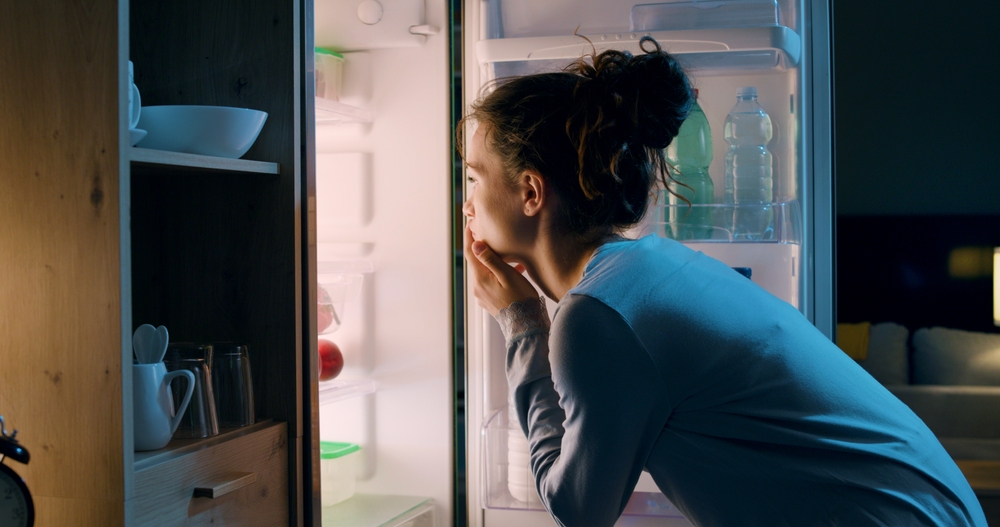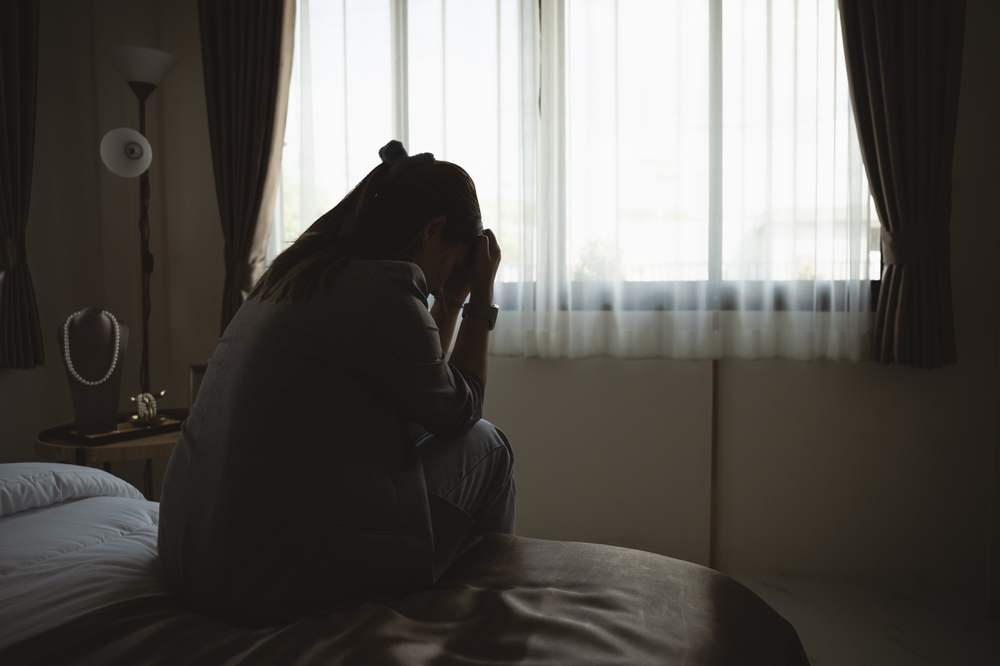While we’re all busy worrying about outside threats, our homes might be secretly undermining our health with dangers hiding in plain sight. These aren’t the obvious hazards your mother warned you about—these are the subtle, sneaky ones that accumulate over time, turning your safe space into a slow-motion health crisis.
1. Your Expensive Mattress
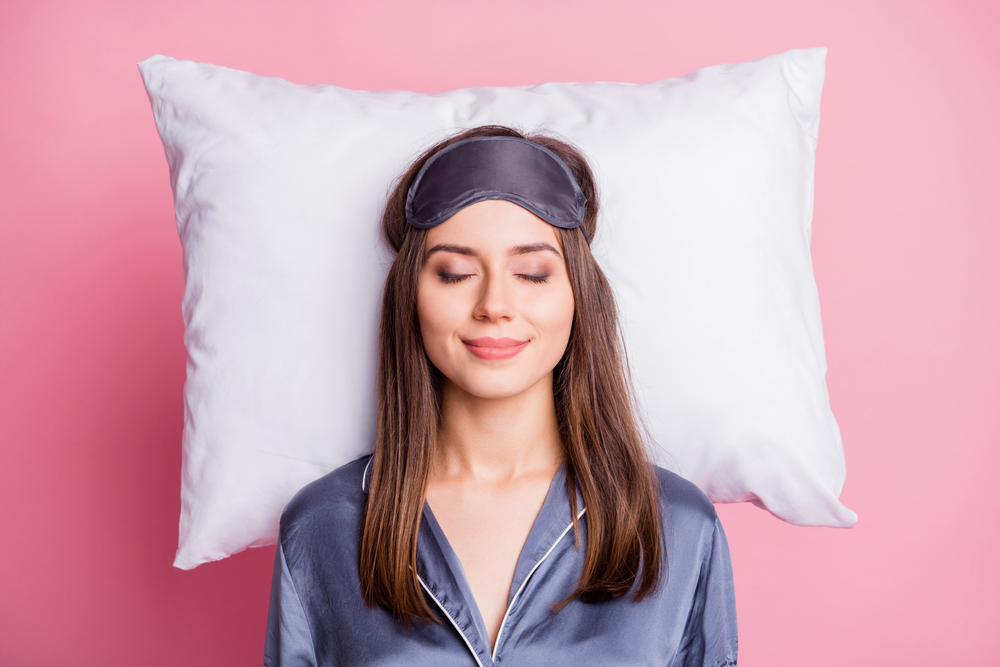
That luxury memory foam keeping you cozy might be off-gassing toxic chemicals while you sleep. Memory foam mattresses can release volatile organic compounds (VOCs) for years after purchase, and you’re spending eight hours a night breathing them in. The flame retardants used in most mattresses are linked to hormone disruption and respiratory issues. Worse still, that expensive mattress is probably harboring dust mites, dead skin cells, and other allergens that multiply faster than your streaming service subscriptions.
2. Your “Clean” Air

Modern homes are sealed so tight for energy efficiency that they trap pollutants inside like a toxic terrarium. Your fancy air fresheners are actually adding chemical compounds to the mix, while your efforts to keep things clean with harsh products create a chemical soup in your air. Those scented candles you love? They’re releasing more than just cozy vibes—many contain paraffins that release carcinogenic chemicals when burned.
3. Your Kitchen Sponge

That innocent-looking sponge by your sink is actually the most germ-infested item in your entire house. It contains more bacteria than your toilet seat, yet you’re using it to “clean” your dishes. Even microwaving or running it through the dishwasher doesn’t eliminate all the harmful bacteria. Most people keep their sponges way too long, creating a breeding ground for pathogens that get spread around your kitchen with every wipe.
4. Your Humid Bathroom

That steamy shower you love is creating the perfect environment for toxic black mold, even if you can’t see it yet. Most bathrooms lack proper ventilation, trapping moisture that seeps into walls and under tiles. The space behind your toilet, under your sink, and inside your walls could be harboring dangerous mold colonies that release spores into your air. Even your shower head might be spraying you with bacteria that thrive in its warm, moist environment.
5. Your Beloved Couch

That comfy couch where you binge-watch your favorite shows is likely a cocktail of toxic chemicals. Modern furniture is treated with flame retardants that have been linked to cancer, reproductive issues, and hormone disruption. The foam inside breaks down over time, releasing particles into your air and dust. Your couch’s fabric might be treated with stain-resistant PFAS chemicals that never break down—they’re called “forever chemicals” for a reason. Every time you plop down, you’re releasing a puff of contaminated dust into your breathing space.
6. Your Window Treatments

Those elegant curtains and blinds aren’t just blocking light—they’re probably harboring years of accumulated dust, mold spores, and allergens. Vertical blinds especially are dust magnets that rarely get properly cleaned. The cords on older blinds can release toxic particles as they degrade, and many window treatments are treated with chemical flame retardants. If your windows sweat during temperature changes, your curtains might be growing mold you can’t see. That morning sunlight streaming through your dusty blinds is illuminating a cloud of particles you’re breathing in.
7. Your Smart Devices

The Wi-Fi router you never turn off and the collection of smart devices in your bedroom is creating an invisible climate of electromagnetic fields (EMF). While research is still ongoing, evidence suggests constant EMF exposure might affect sleep quality, stress levels, and cellular function. Your devices are also collecting dust that contains flame retardants and other chemicals. The blue light they emit disrupts your circadian rhythms even when you’re not actively using them. Your “smart” home might be outsmarting your body’s natural processes.
8. Your Under-Sink Cabinet

That dark space under your sink is a chemical time bomb waiting to happen. Cleaning products stored together can create toxic fumes as they leak or interact. Many common cleaners release VOCs even when sealed, and the warm, dark environment speeds up chemical degradation. The pipes under there might be slowly leaking, creating hidden mold growth. Even the cabinet itself might be made of particleboard that’s off-gassing formaldehyde.






